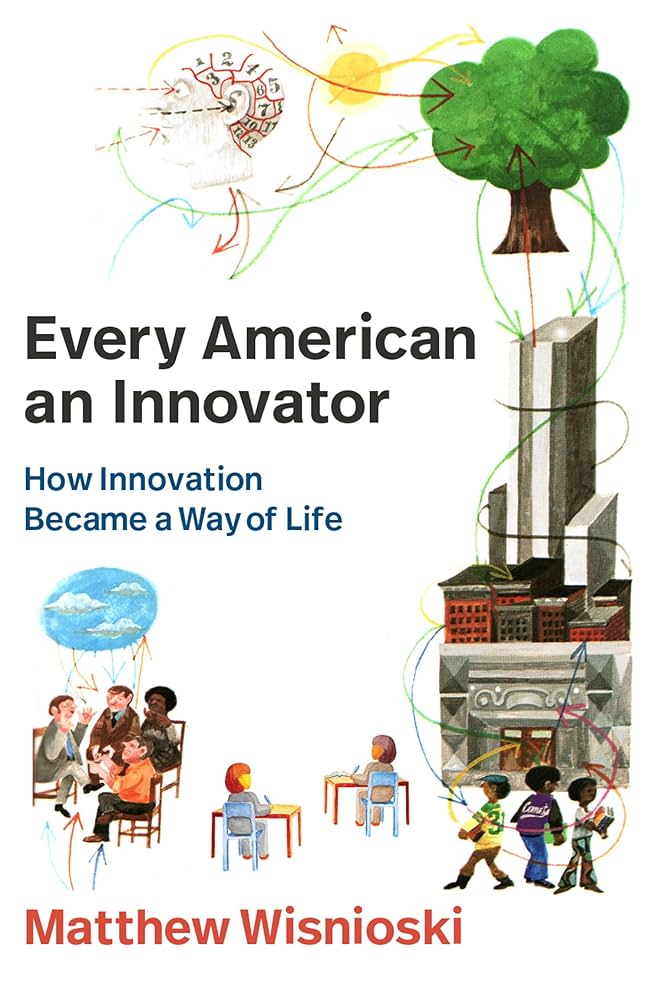Are innovators born or made?
During the Cold War, the model for training scientists and engineers in the United States was one of manpower in service to a linear model of innovation: Scientists pursued “basic” discovery in universities and federal laboratories; engineer–scientists conducted “applied” research elsewhere on campus; engineers developed those ideas in giant teams for companies such as Lockheed and Boeing; and research managers oversaw the whole process. This model dictated national science policy, elevated the scientist as a national hero in pursuit of truth beyond politics, and pumped hundreds of millions of dollars into higher education. In practice, the lines between basic and applied research were blurred, but the perceived hierarchy was integral to the NSF and the university research culture that it helped to foster.
In the late 1960s, this postwar system of academic science and engineering appeared to be breaking down. Science and technology were seen as root causes of environmental destruction, the Vietnam War, job losses, and racial and economic inequality. A similar reckoning was taking place around national science policy, with critics on the left attacking the complicity of scientists in the military-industrial complex and those on the right assailing the wastefulness of ivory-tower spending on science.
In this moment of revolt, innovation experts in Washington, D.C., and the booming technology regions of California and Massachusetts began to promote innovators as the people who would bring about change, because they were different from the established leaders of American science. Eventually, a wide range of constituents—bureaucrats, inventors, academics, business leaders, and engineers—came to identify innovators as agents of national progress, and they concluded that these innovators could indeed be taught in the nation’s universities.
The question was, how? And would the universities be willing to remake themselves to support innovation?
And so it fell to the NSF to develop successful models for producing these risk-taking sociotechnologists.
The NSF experiments with innovation
In 1972, NSF director H. Guyford Stever established the Office of Experimental R&D Incentives to “incentivize” innovation for national needs by supporting research on “how the government [could] most effectively accelerate the transfer of new technology into productive enterprise.” Stever stressed the experimental nature of the program because many in the NSF and the scientific community resisted the idea of goal-directed research. Innovation, with its connotations of profit and social change, was even more suspect.
To lead the initiative, Stever appointed C.B. Smith, a research manager at United Aircraft Corp., who in turn brought in engineers with industrial experience, including Robert Colton, an automotive engineer. Colton led the university Innovation Center experiment that gave rise to Carnegie Mellon’s CED.
